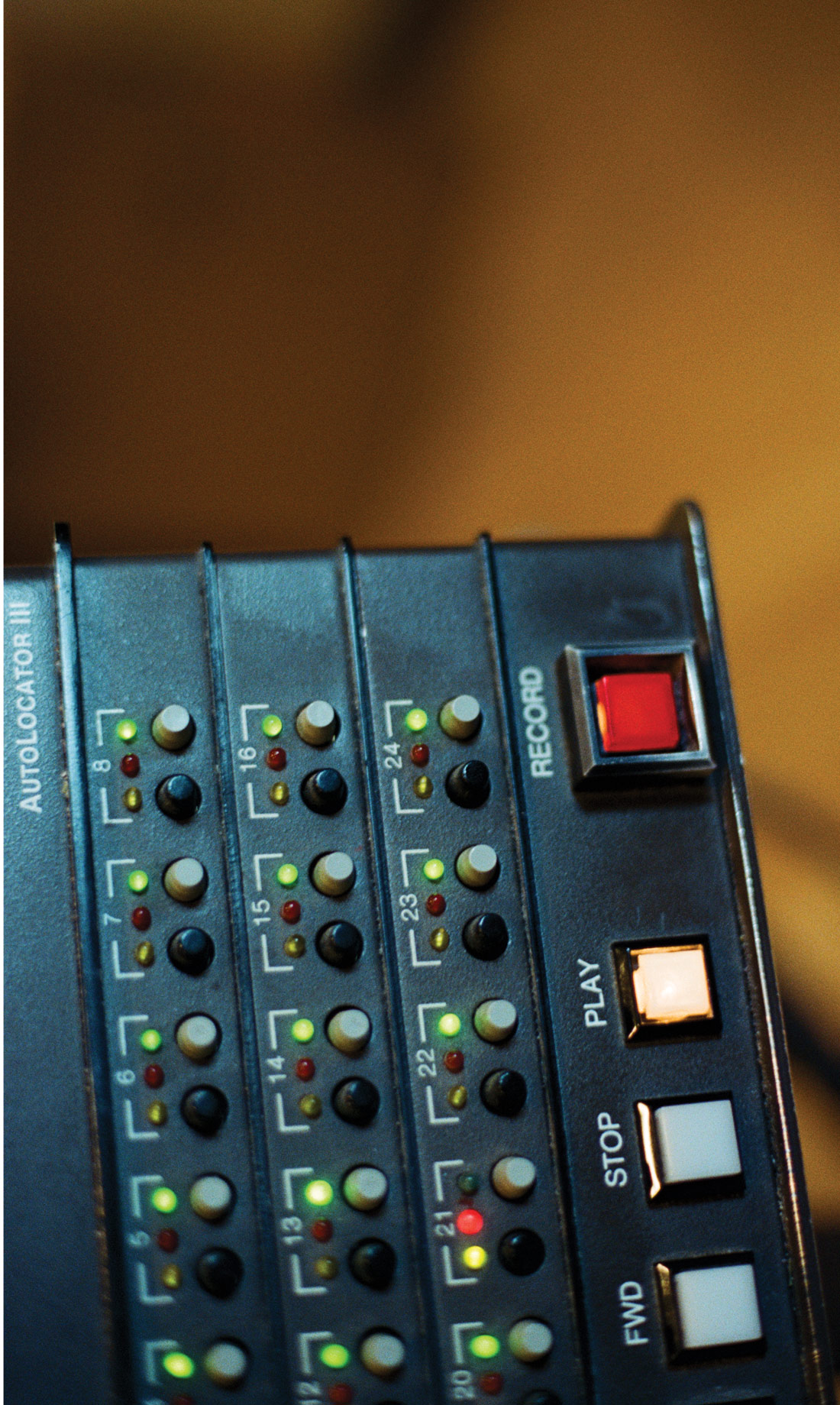Cycling '74 and Ableton have introduced a fascinating new version of the Max programming environment tailored specifically for instrument and effect creation within Live (Tape Op #72). Max/MSP and its video-oriented cousin Jitter have long been the go-to object-based programming environments for a huge community of composers, performers, artists, and educators. The creative potential of these toolkits is now available to enhance the already-expansive world of Live.
Installation is easy, as are subsequent upgrade installs; after downloading and running the Max installer, Live auto-upgrades all of the internal Max content at the next launch. The only minor snag I had was due to an Apple bug introduced in Mac OS 10.6 (Snow Leopard) which involved a failure to recognize apostrophes in certain file paths, leading to a "multiple files in search path" error when editing patches. The quick fix was posted on the Cycling '74 support site.
Max for Live (or M4L as it's often abbreviated) comes with a selection of pre-programmed devices that show up in Live as standard plug-ins. Included within these are 40 devices from the venerable Pluggo collection, freshly rebuilt for Live, many of which are bizarre and insanely unique. (Fragulator, anyone? Or SquirrelParade?) In addition to the included devices, there are hundreds of MIDI and audio devices produced and shared by an active online community of Max programmers on sites like maxforlive.com and extendlive.com. (Your plug-in folders are going to grow exponentially.)
Learning to program in Max for Live involves a fairly significant investment of time and patience, but the burden of this complexity is eased by the well-designed tutorials included with the software. All the baby steps are there, and Max's visual approach to programming is certainly less painful to learn than C++ or Java! The UI appeals to my obsessive-engineer sensibilities; objects are placed on a grid and connected with patchcords, and everything is modular and clean. I find myself leaning heavily on the annotated building-block style devices, each of which can be expanded and saved as a new device to use within Live. Also, testing new paths and patches is encouraged by the efficient workflow; while a Max for Live device is running in Live, it can be edited in the Max environment with a click. And the device keeps playing in Live while it's being edited, so you can audition new objects and routings in real-time! Note that this is the only way to run and edit within Max for Live; unlike the full version of Max/MSP, Max for Live will not run standalone or independently of Live (and neither will any devices created within Max for Live).
Yes, it's a complex and deep system with a bear of a learning curve, but Max for Live is all about what you want to bring to the table. It's encouraging to see a major DAW challenging its users to build their own tools. And it's inspiring to see what this has given birth to -an active community of eager programmers willing to share their amazing creations. Max for Live requires Ableton Live 8.1 or higher. ($299 MSRP, $99 crossgrade from Max 5; www.ableton.com)
Tape Op is a bi-monthly magazine devoted to the art of record making.




_disp_horizontal_bw.jpg)